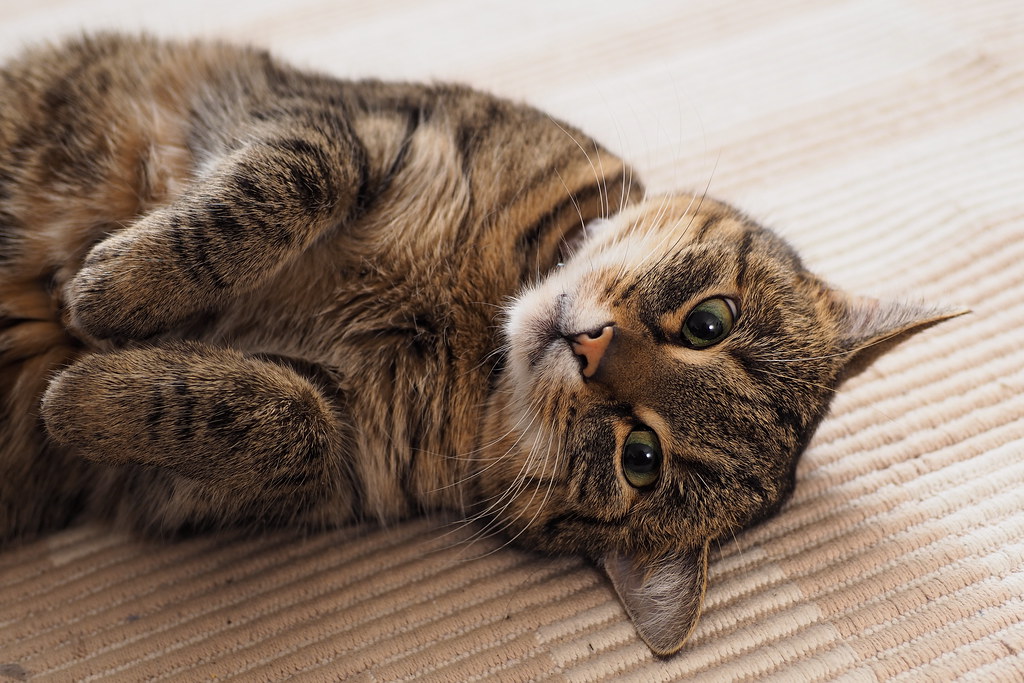Yesterday I took some photos of Mitchie who was sitting on our sofa, knitting. The only light was our small LED reading light with approximately 5 Watts or so – and since she was moving, I had to raise the sensor sensitivity (or amplification) to about ISO 6400, or even ISO 8000. With settings like these, I ended up with times like 1/10th to 1/15th of a second at an aperture around f/2.8.
Of course the results were not really optimal, so I started looking and comparing, like here. A Sony A7 Mk2 would be at least a stop better than my camera, a Nikon D750 easily two stops, and a Canon 5D Mk3 (an older model, but I wanted to stay roughly in the same price range) would be somewhere in between.
But while dark things in low (or almost no) light are one thing, I remembered that my camera also had the advantage of having built-in sensor stabilization (which that Sony also has), so I started comparing the Nikon’s and Canon’s ISO 12800 with 6400 on the Sony, and with 3200 on mine – which equals out the field considerably.
But ok, two stops lower also means times x 4, which would be counter-productive, at least for moving subjects. So what to do?
Simple: more light, as Goethe is believed to have said. Tried and true:
Tuna the cat, December 2016
I took this photo of Tuna some minutes ago, while it is dark outside already. So I used my compact flash at 1/4 power on my computer desk, reflected over the wall, and one of my studio strobes at around 1/10th of its maximum output reflected over the opposite wall (behind me in this photo, you see it reflected in her eyes).
The aperture here is f/2.5, but with the really bright flash light I could use the sync time of 1/160th of a second, at ISO 200. Much better than my efforts from yesterday.
So if your camera isn’t as good as others in low (or almost no) light – simply add some. Better, far easier, faster, and also cheaper than to become envious and to think about other and supposedly better cameras…
As always, thanks for reading.







